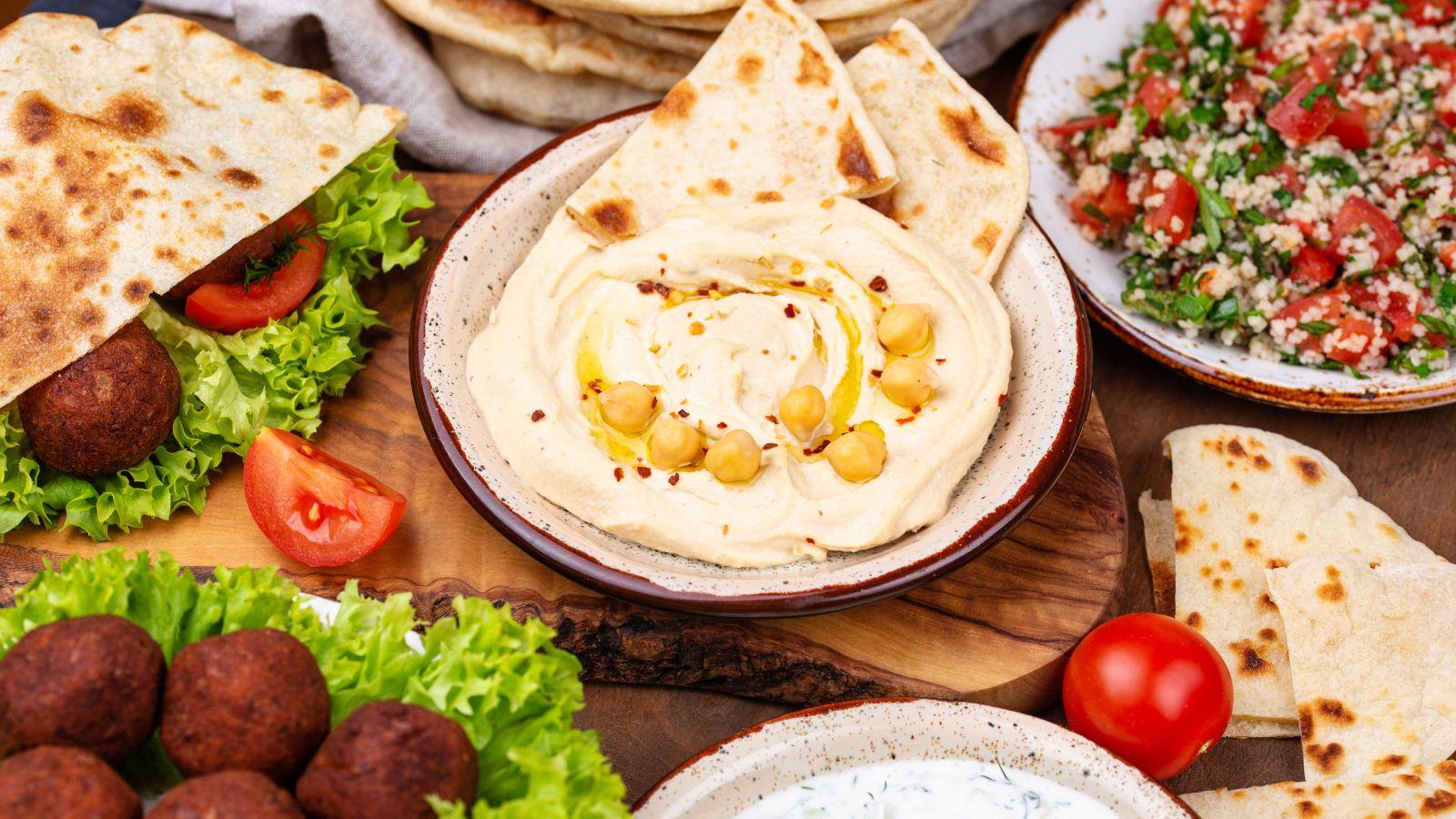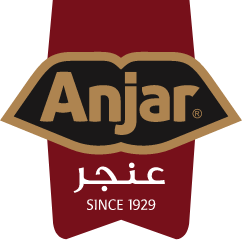What Is Traditional Lebanese Food?

Nestled between the Mediterranean Sea to the West and the mighty peaks of Mount Lebanon to the East, Lebanon's small yet culturally rich country is a testament to the diversity of the Middle Eastern melting pot. Lebanese cuisine stands at the crossroads of history, boasting a tapestry of flavors that tell the ancient tales of Phoenicians, Ottomans, Persians, and a rich trade and cultural exchange history. In this gastronomic exploration, we unravel the mystique behind traditional Lebanese food, a cuisine that has survived the ages and continues to thrive and influence palates worldwide.
The Essence of Lebanese Cuisine
Lebanese food is an echo of the region's fertile land, vibrant soul, and hospitable nature. The backbone of the Lebanese kitchen is its emphasis on fresh ingredients, with vegetables, grains, legumes, olive oil, and fresh seafood featuring prominently. Herbs and spices such as parsley, mint, cinnamon, and allspice add complexity and depth to dishes, laying the foundation for a cuisine celebrated for its nutrition, balance, and exceptional taste.
Common Ingredients and Flavors
Lebanese dishes are often bursting with the flavors of lemon, garlic, and olive oil, yet each dish is an adventure in itself, rich in its spectrum of notes. Aromatics like sumac and za'atar offer a sense of the earth, while pine nuts, almonds, and pistachios provide texture and a subtle sweetness. Rice, cracked wheat, and phyllo pastry are ubiquitous, each lending its nuance to various dishes that span from the humblest kitchen tables to the grandest feasts.
Distinctive Lebanese Condiments and Their Uses
Lebanese cuisine is distinguished not only by its whole ingredients but also by its unique condiments that add an extra layer of flavor to its dishes. Rose water and orange blossom water are floral essences that infuse sweets and pastries with an aroma reminiscent of Lebanese gardens in bloom. Pomegranate molasses, with its tangy and slightly sweet profile, is a key ingredient in dressings and marinades, offering a burst of flavor. Tahini, a creamy sesame seed paste, features prominently in dips like hummus and baba ghanoush, as well as in a variety of sauces. Then, there's Halawa (or halva), a dense, sweet confection made from tahini and sugar, often studded with nuts or flavored with chocolate, which stands out as a beloved dessert. Together, these condiments capture the essence of Lebanese flavors, enhancing dishes with their distinct tastes and textures.
Staple Lebanese Dishes
In exploring Lebanese food, it’s impossible to ignore the mainstays — dishes that have become culinary ambassadors across the globe.
The Quintessential Salads
Tabouleh and Fattoush are not just salads; they're a way of life, a celebration of the land’s bountiful harvest in a bowl. With their mix of fresh herbs, tomatoes, and onions, they offer a light and zesty entry into the Lebanese dining experience.
The Global Ambassadors
Hummus and Baba Ghanoush, globally recognized and adored, are creamy, rich spreads that exemplify the art of Lebanese dips. They can be paired with fresh pita bread as you immerse yourself in Lebanese tradition.
A Taste of Lebanese Tradition
Kibbeh and Falafel represent the heartiness of Lebanese cuisine, the former a blend of meat and bulgur, the latter a crispy mosaic of chickpeas and spices. Both showcase the commitment to flavor and texture that defines Lebanese cooking.
Savoring the Meats
Shawarma wraps and Kafta kebabs add a carnivorous element to Lebanese cuisine, where marinated meats are char-grilled to perfection and served with sides that balance and enhance their natural savoriness.
Lebanese Mezze: A Social Eating Experience
Lebanese dining is an interactive affair, and the mezze is its centerpiece. Mezze is a collection of small dishes—ranging from salads to spreads, seafood, and meats—designed to be shared, encouraging a social, satisfying dining experience.
Mezze is not just a meal; it's a joyful ritual. It encourages connection and camaraderie as diners chat, laugh, and share a multitude of flavors and textures. From Warak Enab (stuffed grape leaves) to Sambousek (savory pastries), the variety of mezze is as vast as it is delightful. Each dish offers a unique flavor profile and is an integral part of any Lebanese gathering.
Sweet Delights: Lebanese Desserts
Lebanese desserts offer a sweet conclusion to a Lebanese meal, often blending floral infusions with timeless recipes refined through generations.
Baklava
Baklava represents the epitome of Lebanese sweet treats. Layers of thin phyllo pastry are interspersed with nuts and drenched in syrup or honey, creating a flaky, sweet confection that’s a favorite during festive seasons.
Maamoul
Maamoul are date- or nut-filled cookies that are not just snacks but a mark of celebration. They often appear during holidays and special occasions, signifying joy and togetherness.
Mouhalabieh
This fragrant milk pudding, delicately scented with rose or orange blossom water, is the gentle ending to any Lebanese meal, offering comfort in each creamy spoonful.
Traditional Lebanese Drinks
No exploration of Lebanese cuisine is complete without a nod to the beverages accompanying its robust flavors.
Arak
Arak, an anise-flavored spirit, and wine have roots deep in Lebanese history and culture. They are often enjoyed with mezze or as part of late-night gatherings, adding an element of friendliness to the dining experience.
Sahlab
Sahlab is a comforting, traditional Middle Eastern winter drink. It's made from the powdered root of the orchid plant, which is mixed with milk to create a thick, creamy beverage. Sweetened with sugar and flavored with cinnamon and sometimes vanilla, Sahlab is often garnished with coconut, pistachios, or cinnamon on top. This drink is cherished for its warmth and comforting qualities, providing a soothing experience during the cold months.
Jallab
Jallab is a popular Middle Eastern refreshment made from dates, grape molasses, and rose water. This dark, enticing drink is served cold with crushed ice and often garnished with pine nuts and raisins floating on top. Jallab is especially favored during the hot summer months for its refreshing qualities. The unique combination of ingredients gives Jallab its distinctive sweet and tangy flavor, making it a beloved choice among traditional Lebanese beverages.
Coffee and Tea
The Lebanese take on coffee served with a hint of cardamom, and a variety of herbal teas reveal the meticulous attention to detail that characterizes Lebanese hospitality. They serve not just to cleanse the palate, but also to extend the warmth of the table.
Lebanese food is not just a gustatory delight; it's a cultural compass, guiding us through the history, traditions, and community that define Lebanon. It is a cuisine that reflects the Lebanese people—vibrant, warm, and full of life. And as it continues to evolve, it does so without losing its essence, always grounded in tradition and the pursuit of culinary excellence.
To truly bring the flavors of Lebanon into your own home, consider trying traditional Lebanese condiments to add that authentic taste to your homemade meals.


